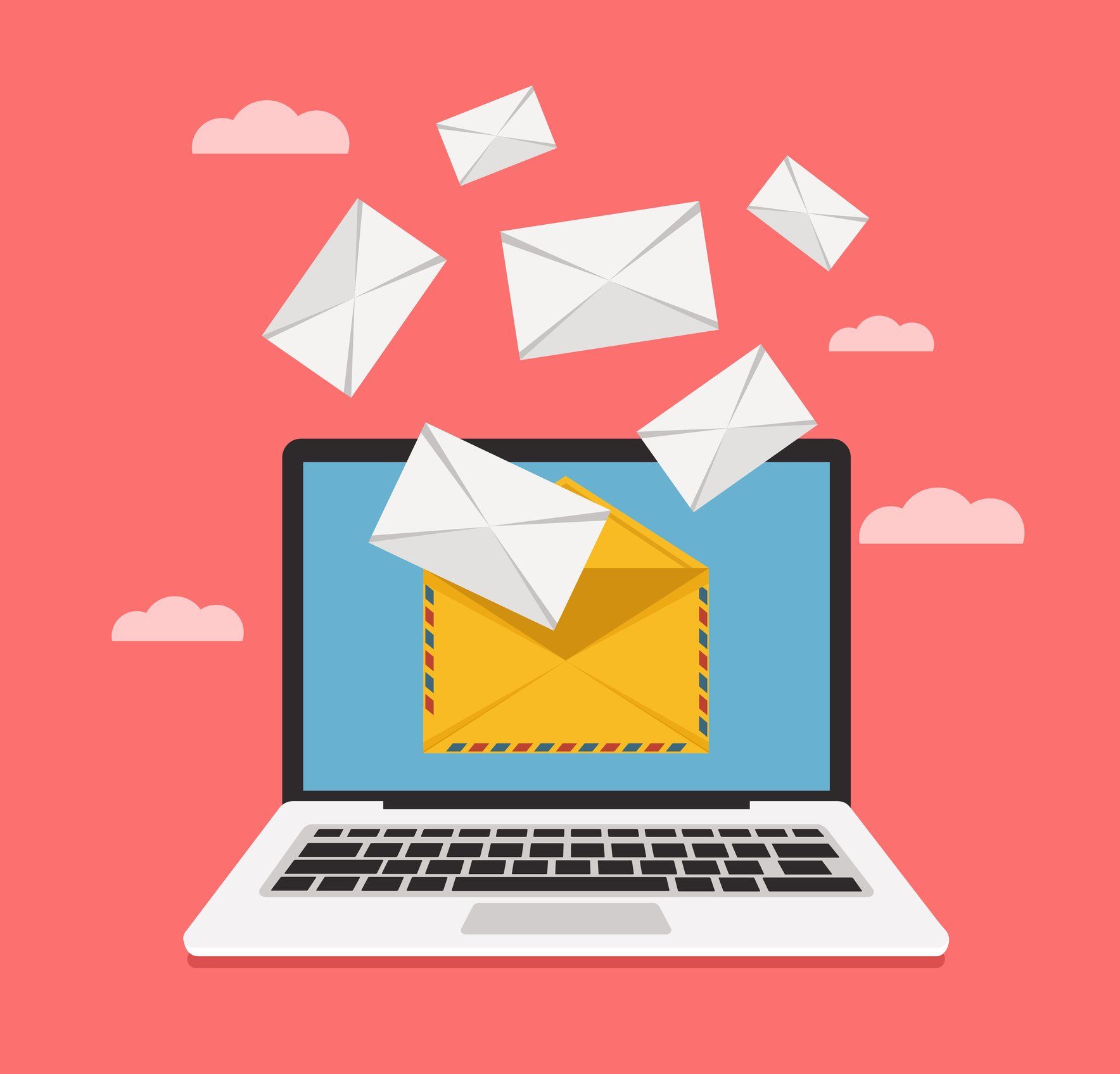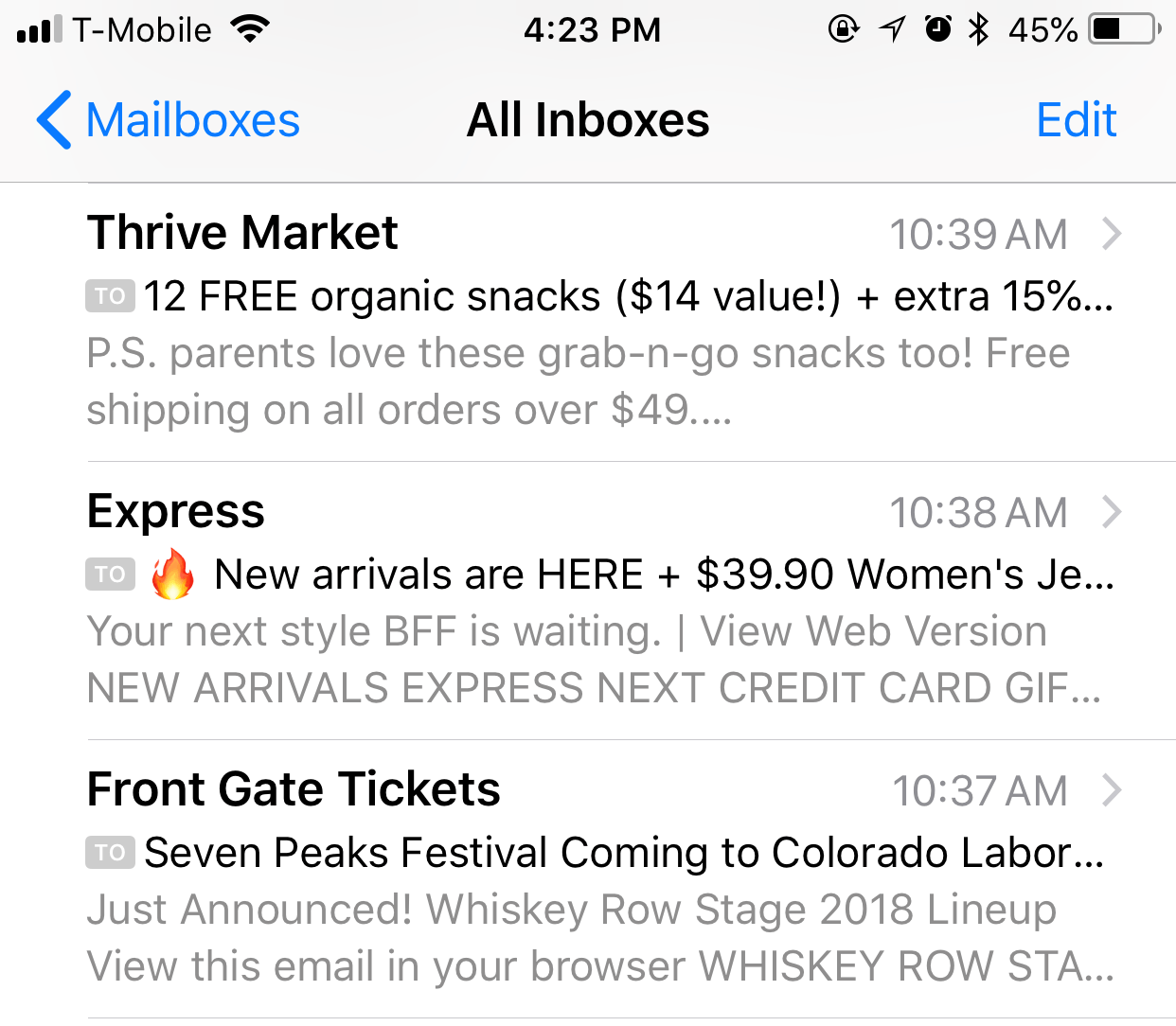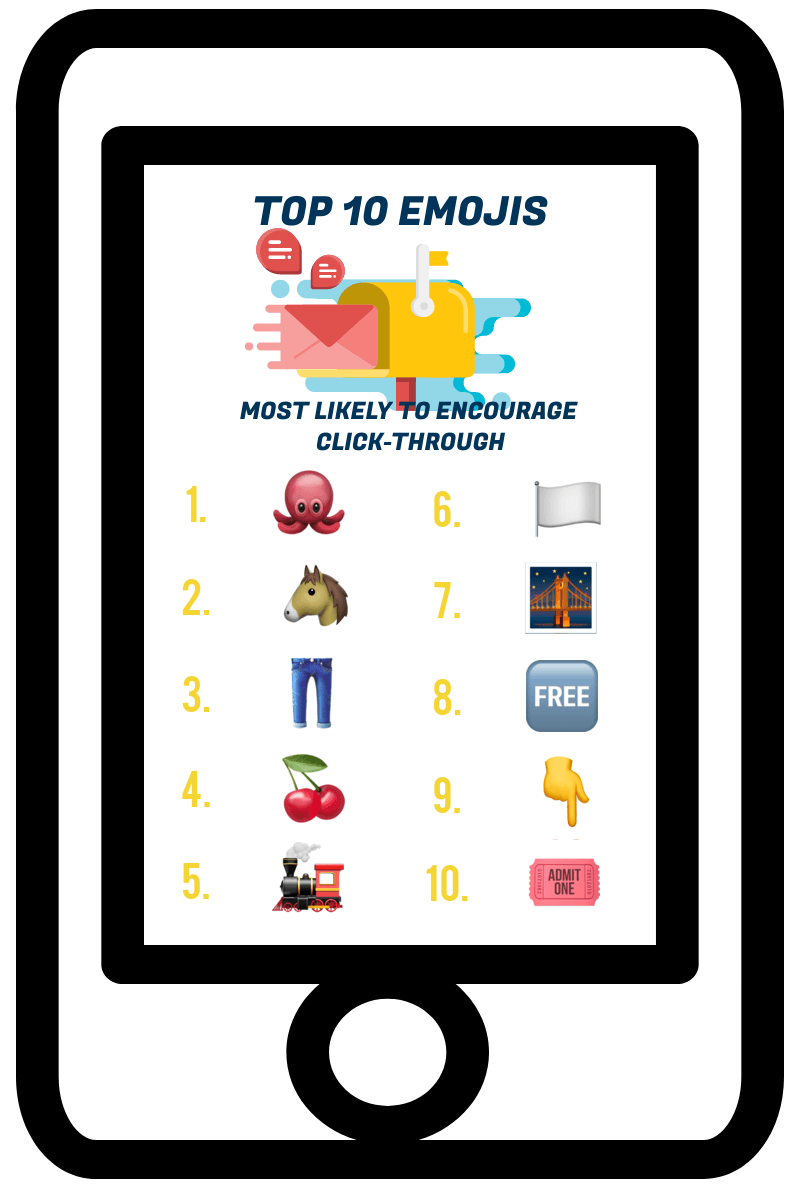One Simple Thing to Improve Click-Through Rates
Emojis can have a huge impact on consumer interaction
Most businesses today use email as a way to communicate with customers. Whether it’s sending information about a sale, asking for review or promoting a new product, emails are growing in popularity when it comes to advertising your brand.
While email marketing has the potential to be a highly effective form of communication for your company, it can easily fall flat if you don’t get consumers to open your emails.
Here are some stats about email that you should know:
- A 2017 study by Edison 74 percent of the nation feels overwhelmed by the number and frequency of emails they receive.
- In 2015 , the average number of emails sent and received per day was 122 emails.
- The same Edison study found that 76 percent of consumers said they are most likely to delete emails from someone they don’t know, and 65 percent said they’d delete retail emails.
So, with hundreds of emails coming to your customers’ inboxes every day, how do you differentiate your email from the others? Better yet, how do you catch their attention and motivate them to open your email?
Here’s one way: use emojis in your email subject line.
Where Should You Use Emojis?
When it comes to email marketing, the most important part of your email is the subject line. Why? Because it’s the first part of your email people see. You can’t read or see the entire body of an email until you click on it. The subject line is what consumers see in their inboxes and decide whether or not they want to open up that email.
Therefore, it’s the perfect spot to add an emoji to your message.
Which Emojis Should You Use?
After an All Academic Research studywas published that said emojis were found to make messaging more impactful and memorable, HubSpot decided to do its own testingto see which emojis inspired interaction.
Here’s what they found.
Some of these emojis might seem difficult to incorporate into your emails (who is using the octopus emoji so much?), but it definitely challenges you to get more creative and draw attention.
Also, did you notice that NONE of the top ten emojis that encourage click-throughs are faces? No smileys, no people and only one hand motion. Why is that?
It’s likely that we’re so used to seeing these emojis in our social lives that they don’t stand out to us as much. So, emojis that are random are more likely to grab your audience’s attention, and therefore, lead them to open your email.
Consider Your Audience
If your audience is typically on the younger side, emojis can greatly improve your click-through rate. However, they might not resonate the same way with older generations (think over 60). So before you choose an emoji to add to your emails, make sure your audience will interpret it the way you want.
If you aren’t sure how your audience will react to the use of emojis in your emails, try doing some split testing. Send the exact same email to all your clients, but add an emoji to the subject line of half the emails, while leaving the emoji out of the other half. Compare the results to see which has a higher click-through-rate, and adjust your strategy accordingly.
An Emoji’s Worth a Thousand Words
While you can’t put a large image or flashy video in the subject line of an email, you can add an emoji, which is often enough to set your emails apart from the others cluttering your clients’ inboxes. Just remember to be selective about which emojis you use and get creative. It may seem like a simple change, but it can have a big impact on your email marketing success.
Get the Latest Content in Your Inbox
Want to be the first to know about new content? Sign up to get our weekly blog posts sent to your email!









